
Carlo Levi was an Italian painter, writer, activist, independent leftist politician, and doctor.
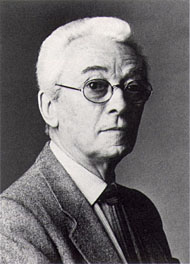
Bruno Munari was "one of the greatest actors of 20th-century art, design and graphics". He was an Italian artist, designer, and inventor who contributed fundamentals to many fields of visual arts in modernism, futurism, and concrete art, and in non-visual arts with his research on games, didactic method, movement, tactile learning, kinesthetic learning, and creativity. On the utility of art, Munari once said, "Art shall not be separated from life: things that are good to look at, and bad to be used, should not exist".

Federico Caffè was a notable Italian economist from the Keynesian School.

Giorgio Jan was an Italian taxonomist, zoologist, botanist, herpetologist, and writer. He is also known as Georg Jan or Georges Jan. He was the first director of the natural history museum at Milan.
Giorgio Bàrberi Squarotti was an Italian academic, literary critic and poet. He taught at the University of Turin from 1967 until his death in 2017. He was considered to be one of the most important literary critics of his time.

DamianPettigrew (1963) is a Canadian filmmaker, screenwriter, producer, author, and multimedia artist, best known for his cinematic portraits of Balthus, Federico Fellini, and Jean Giraud.

Stefano Cagol is an Italian contemporary artist living in Italy, Germany and Norway. He works with video, photography and installation and performance art in the fields of conceptual art, environmental art / eco art and land art, and has reflected for years on borders, viruses, flags and climate issues.

Vittorio Umberto Antonio Maria Sgarbi is an Italian art critic, art historian, writer, politician, cultural commentator, and television personality. He is president of the Museum of Modern and Contemporary Art of Trento and Rovereto. Appointed curator of the Italian Pavilion at the 2011 Venice Biennale, Sgarbi is also a columnist for il Giornale and works as an art critic for Panorama and IO Donna. A popular ecletic and mediatic phenomenon, Sgarbi is well known for his glib, verbal aggressiveness, and insults, which often led to libels.

Alessandro Barbero is an Italian historian, novelist and essayist.

Mario Costa was an Italian philosopher. He was known for his studies of the consequences of new technology in art and aesthetics, which introduced a new theoretical perspective through concepts such as the "communication aesthetics", the "technological sublime", the "communication block", and the "aesthetics of flux".
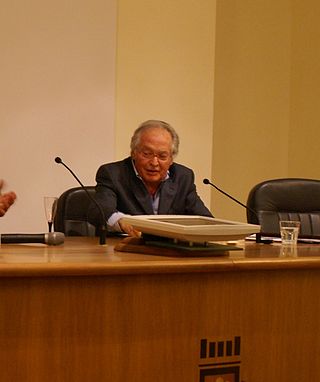
Carmine Benincasa was an Italian art critic and art historian professor.
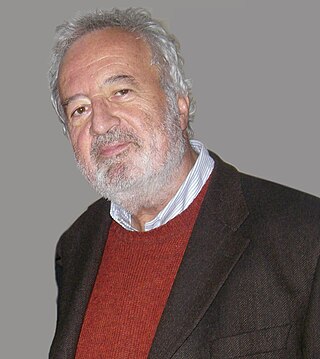
Fernando Vianello was an Italian economist and academic. Together with Michele Salvati, Sebastiano Brusco, Andrea Ginzburg and Salvatore Biasco, he founded the Faculty of Economics of the University of Modena and Reggio Emilia.

Bruno Ceccobelli is an Italian painter and sculptor. He currently resides and works in Todi, Italy. Ceccobelli was one of the six artists of the Nuova Scuola Romana or Scuola di San Lorenzo, an artistic movement that grew out of the Arte Povera and Transavanguardia movements of the latter twentieth century.

The Archivio di Nuova Scrittura is a cultural association founded in 1988 in Milan, Italy by art collector Paolo Della Grazia. The archive preserves a large artistic and documentary heritage about any form of artistic expression featuring the use of both the word and the sign. Born from the encounter between Della Grazia and artist Ugo Carrega, in the 1990s the ANS became the main Italian research center on visual poetry, organizing exhibitions, meetings and other cultural events. In 1998 the Archivio di Nuova Scrittura was deposited in part at the Mart in Rovereto and in part at the Museion in Bozen. The artwork section of the ANS includes about 1,600 works by international artists at Mart and about 2,000 at Museion. The ANS archives preserve, apart from the internal archive of the association, the Fraccaro-Carrega fonds, containing the papers of collector Marco Fraccaro and visual poet Ugo Carrega. The library section, preserved at Mart, contains more than 18,000 volumes, among them 600 artist's books and hundreds of futurist first editions, and 600 art magazines including about 300 international artist's magazines.
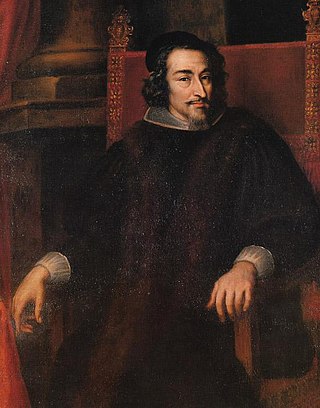
Bartolomeo III Arese count of Castel Lambro born in Milan on 23 October 1590 and died in the same city on 23 September 1674 was an Italian nobleman, politician, and prominent member of the House of Arese.
Xing is a cultural organization based in Bologna, Italy, dedicated to the production and support of experimental practices within the arts. Xing was founded in 2000 by Daniele Gasparinetti, Silvia Fanti, Andrea Lissoni, Giovanna Amadasi and Federica Rossi. Their research focuses in particular on the field of live arts, performing arts and electronic arts.

Gustavo Frizzoni was an Italian art critic and art historian.

Chiara Frugoni was an Italian historian and academic, specialising in the Middle Ages and church history. She was awarded the Viareggio Prize in 1994 for her essay, Francesco e l'invenzione delle stimmate.

Ugo Giletta is an Italian artist.
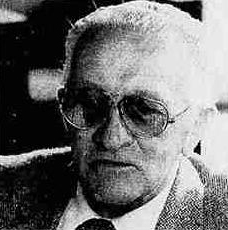
Massimo Mila was an Italian musicologist, music critic, intellectual and anti-fascist.

















